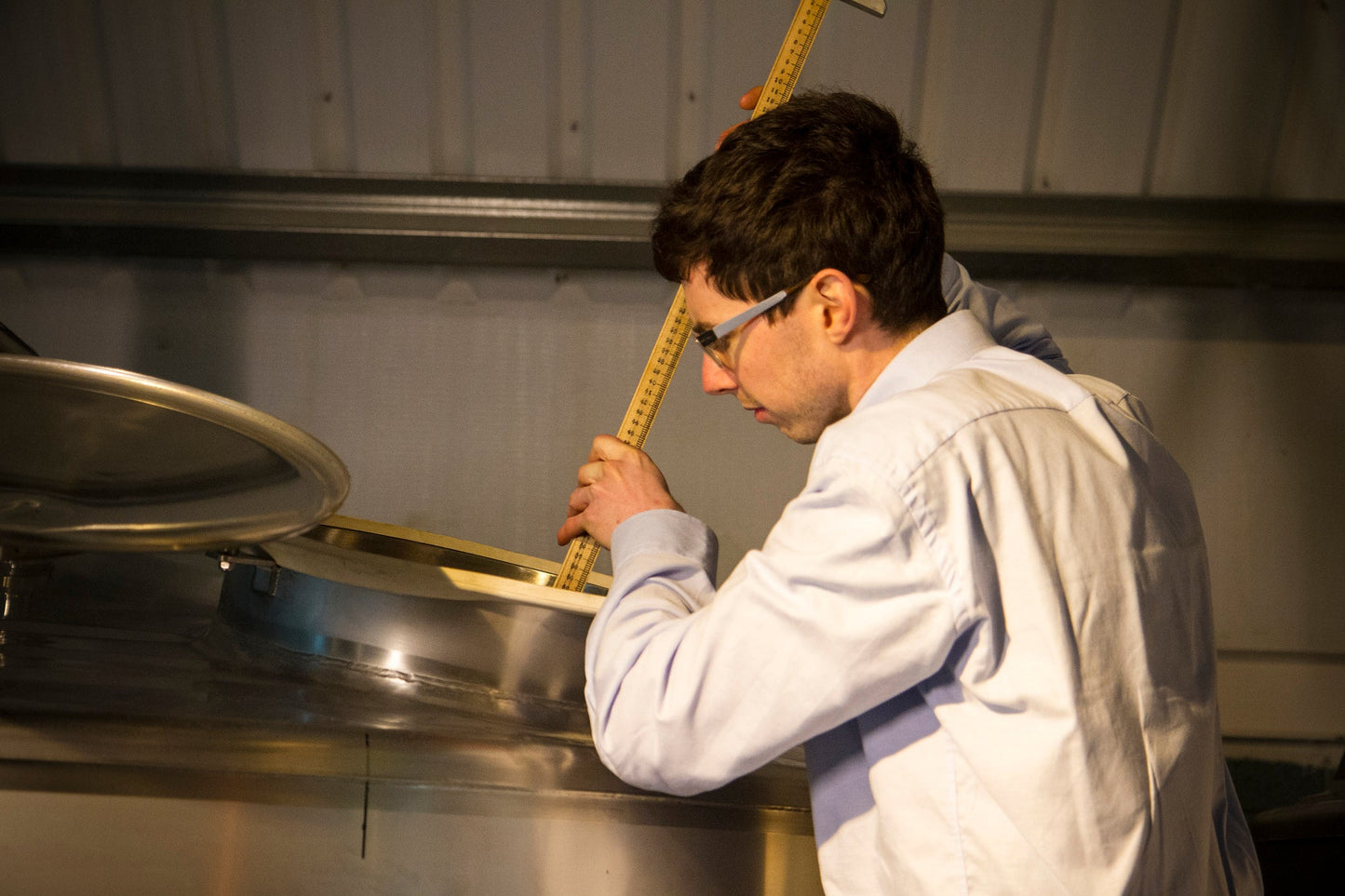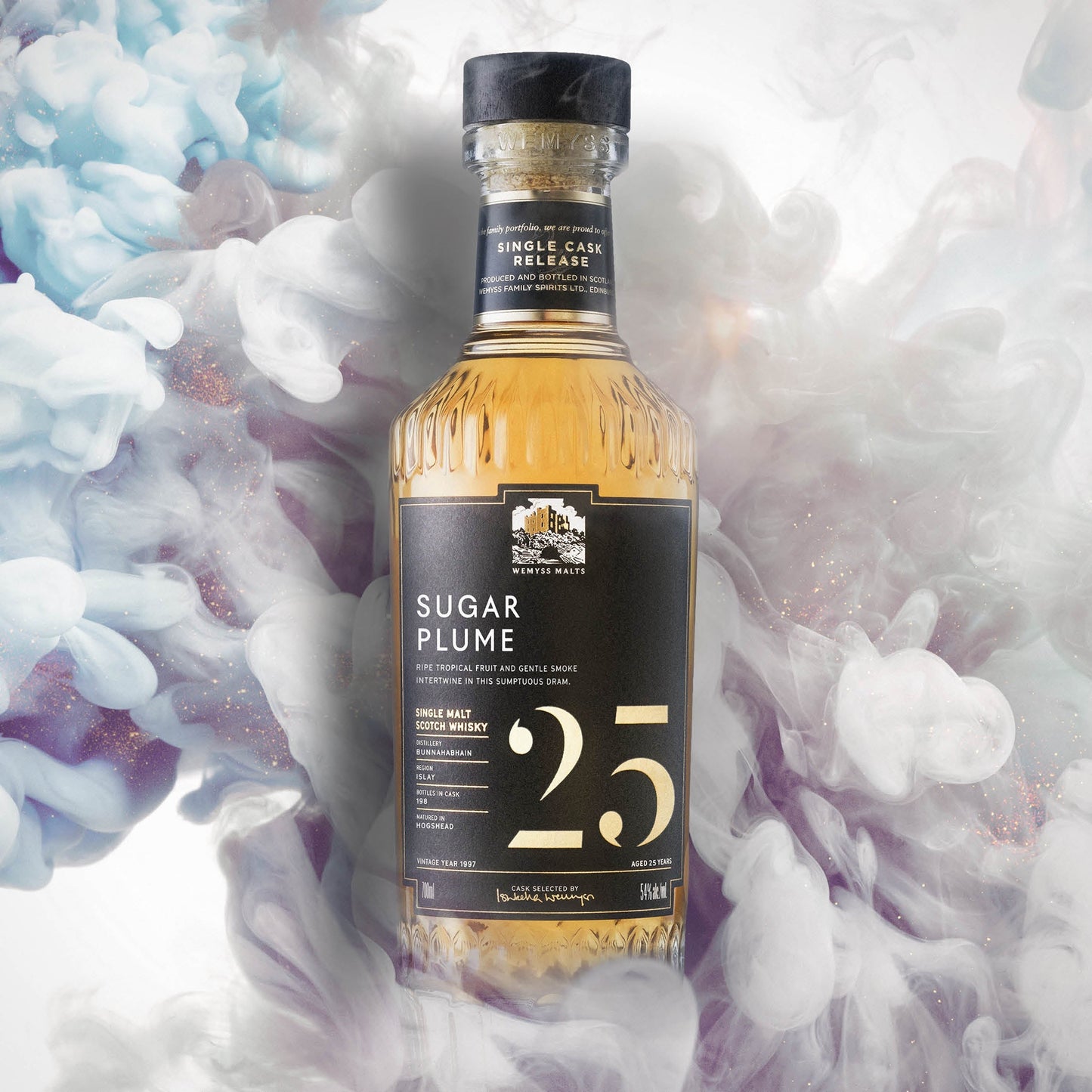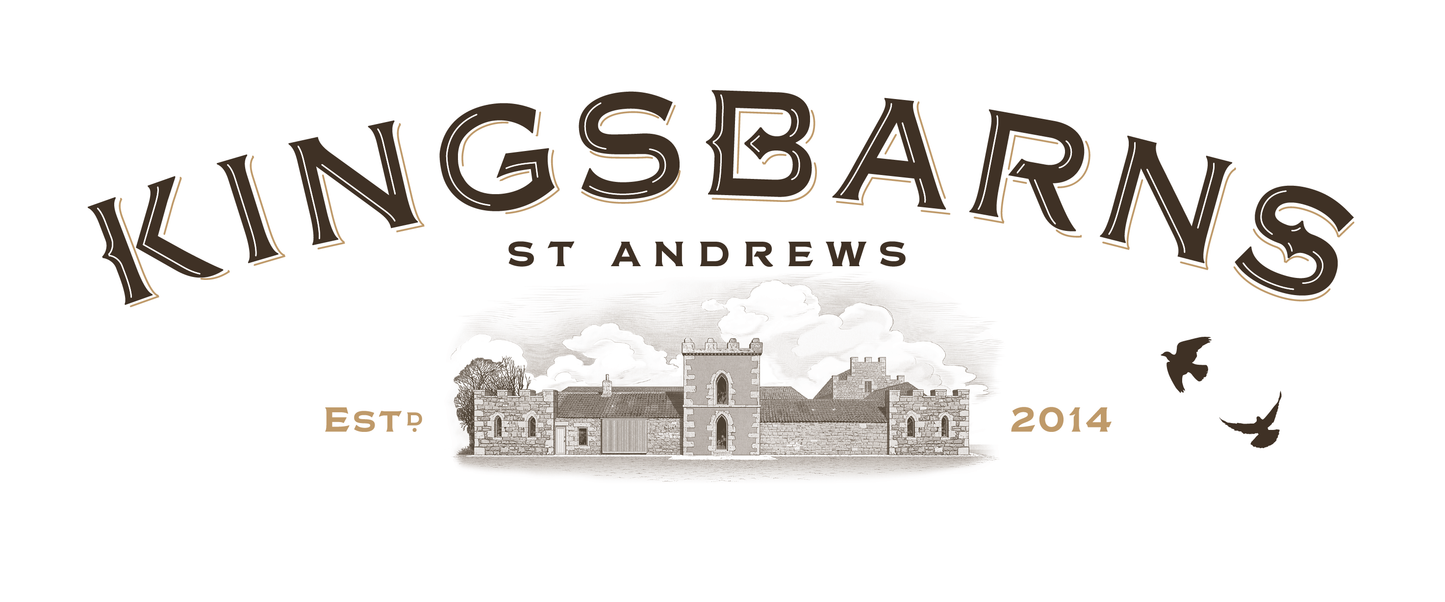
Yeast. On the face of it yeast doesn’t sound very interesting, am I right? The word probably conjures images of bread rising and perhaps beer and bubbles, but what is yeast and what is its job?
Well, this wee beastie is fascinating! It is a single celled microorganism and is neither an animal or a plant… it is classified as a member of the fungus kingdom - the taxonomic group that includes mushrooms and moulds. There are thousands of different strains and each one behaves differently. The species of yeast that interests us as distillers is Saccharomyces cerevisiae and what this particular one does is essentially eat sugars and as a by-product of its metabolism, it produces alcohol and carbon dioxide (along with a tiny volume of other important compounds that we’ll talk about later).

Many people know that yeast is one of the few ingredients that go into making whisky, but in the past it has been given very little credit. Often on visiting a distillery the importance of water and location, malt and casks will be championed and a fleeting mention will be made of this yeast stuff. But it is a major flavour contributor!
As I mentioned before, each yeast strain has a different character, they are like people in that regard (or whiskies for that matter!) and they will all produce their own unique set of metabolites when given the exact same meal of sugars. Each yeast type can tolerate varying levels of stress from high sugar or alcohol concentrations in its environment of a washback, and each strain has a different ability and efficiency in producing alcohol. That in itself is interesting but crucially for us distillers, each individual strain gives different flavours and aromas!

I don’t think the Kingsbarns whisky would be what it is without the 2 strains that we use in each fermentation here. Both contribute something different to the mix. One of those that we use has been utilised by distilleries for decades because it is efficient in eating sugars and producing alcohol, with a clean and level mix of flavours. The other strain we use is our fruity one. It produces a lot of esters and seems to provide those lovely top berry-ish fruit notes you pick up on Kingsbarns distillate.
The late Jim Swan was a legend in the industry and he helped us to no end in acting as a consultant in the early days with establishing distillery character. I recall Jim was the man that recommended the use of these strains and I clearly remember he said to us something along the lines of “don’t just use the fruity one on its own without the balance of the other strain, it will be “too much” and it almost wouldn’t taste like whisky”. That’s how much yeast can influence a dram!
The exciting thing these days is seeing distilleries looking at yeasts as a vehicle for flavour at the new make spirit stage rather than just the well-worn path of maturation in cask types to get differentiation in distillery style.
So spare a thought for yeast next time you have a dram. As far as I’m concerned its the unsung champion of whisky!



